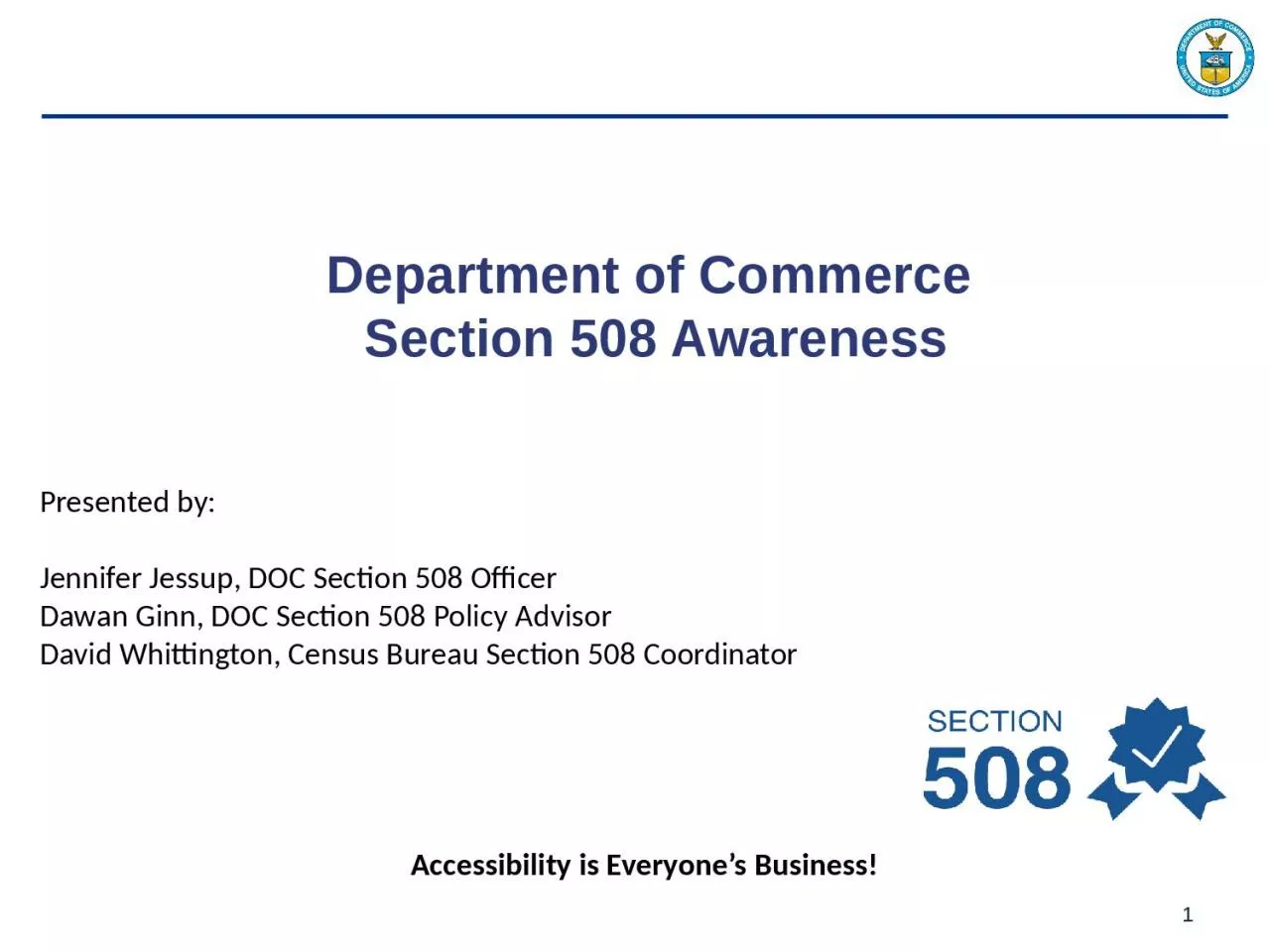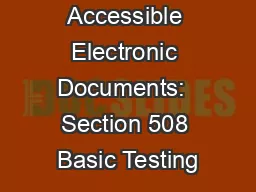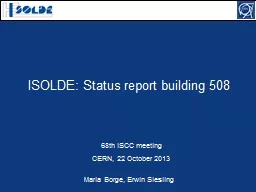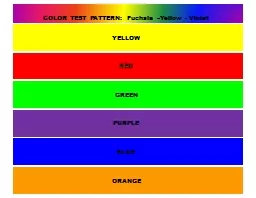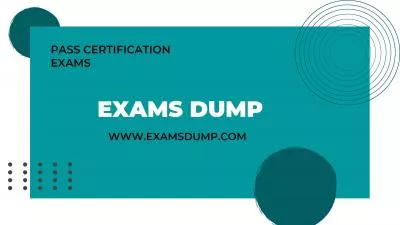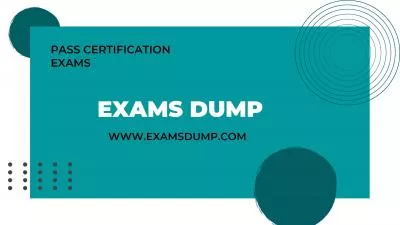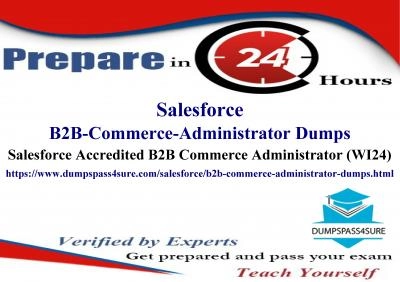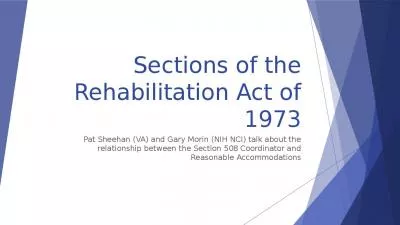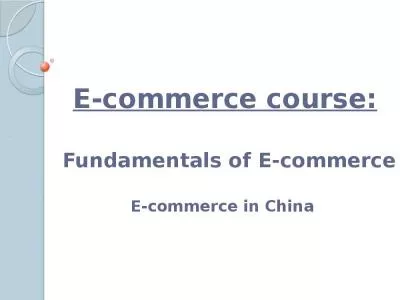PPT-Department of Commerce Section 508 Awareness
Author : esther | Published Date : 2024-02-03
Presented by Jennifer Jessup DOC Section 508 Officer Dawan Ginn DOC Section 508 Policy Advisor David Whittington Census Bureau Section 508 Coordinator Accessibility
Presentation Embed Code
Download Presentation
Download Presentation The PPT/PDF document "Department of Commerce Section 508 Awar..." is the property of its rightful owner. Permission is granted to download and print the materials on this website for personal, non-commercial use only, and to display it on your personal computer provided you do not modify the materials and that you retain all copyright notices contained in the materials. By downloading content from our website, you accept the terms of this agreement.
Department of Commerce Section 508 Awareness: Transcript
Download Rules Of Document
"Department of Commerce Section 508 Awareness"The content belongs to its owner. You may download and print it for personal use, without modification, and keep all copyright notices. By downloading, you agree to these terms.
Related Documents

